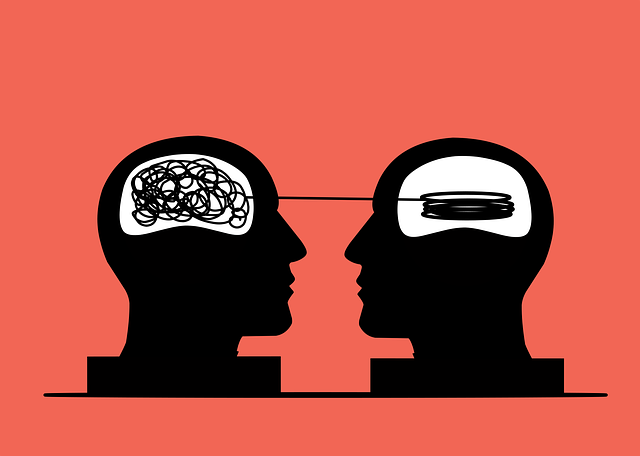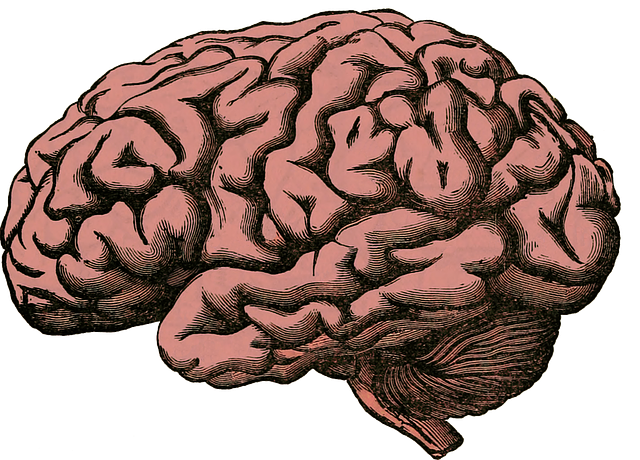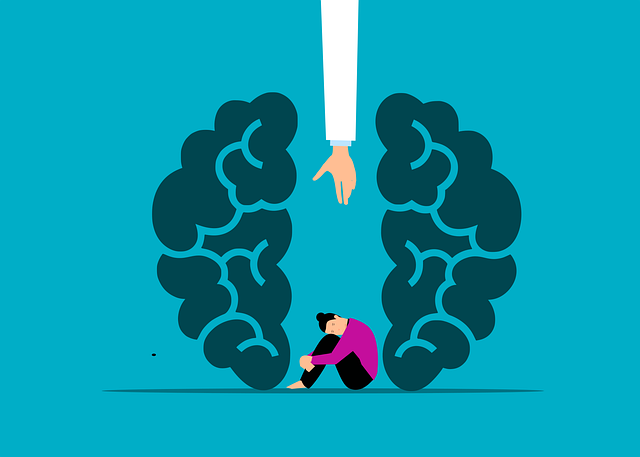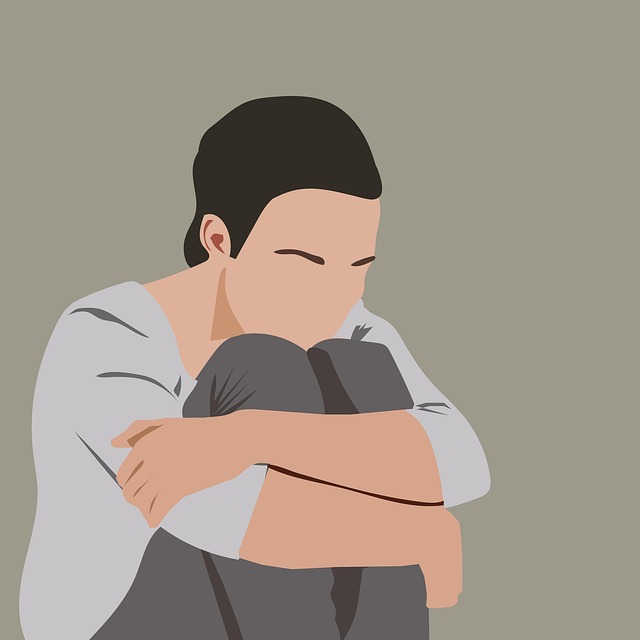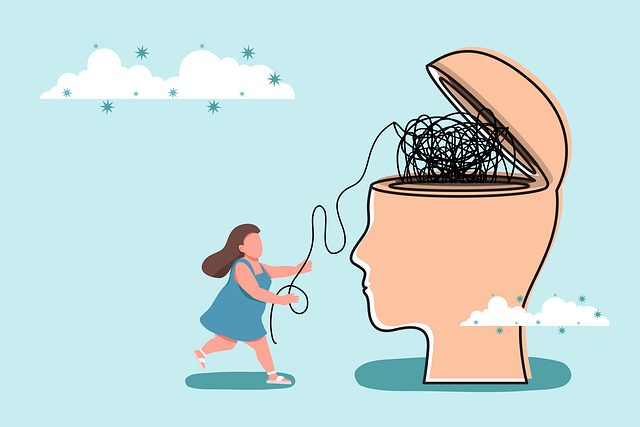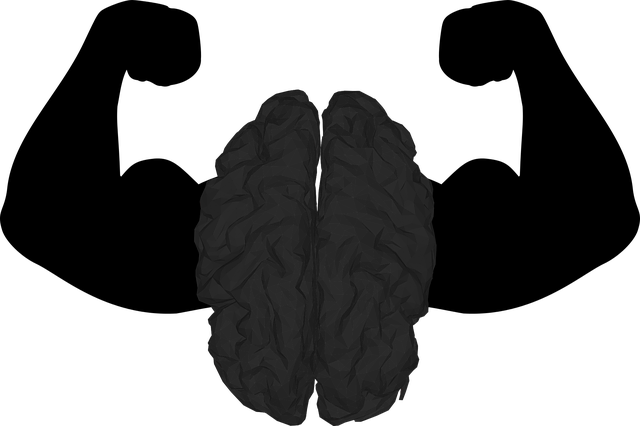TL;DR:
Adolescent teens who've experienced sexual abuse face unique challenges accessing trauma support. Key to effective therapy are recognizing subtle behavioral changes, creating safe spaces, and using age-appropriate stress reduction methods through community outreach programs. Evidence-based therapies like CBT and TF-CBT, along with comprehensive approaches post-initial sessions (social skills training, communication strategies, risk management planning), empower survivors with coping tools for long-term recovery.
“Trauma support services for adolescent teens, especially those recovering from sexual abuse, require a nuanced approach. This comprehensive guide explores the unique needs of this vulnerable group, focusing on recognizing and assessing sexual abuse survivor symptoms. We delve into creating safe therapy environments, evidence-based healing techniques tailored to adolescents, and community resources that facilitate long-term recovery. By understanding these aspects, we can provide effective support for sexual abuse survivors navigating their teen years.”
- Understanding the Unique Needs of Adolescent Teens: Recognizing and Assessing Sexual Abuse Survivor Symptoms
- Creating a Safe Space: Establishing Effective Therapy Environments for Teen Survivors
- Evidence-Based Therapies for Healing: Techniques and Approaches Tailored to Adolescent Teens
- Supporting Beyond Therapy: Community Resources and Long-Term Care for Optimal Recovery
Understanding the Unique Needs of Adolescent Teens: Recognizing and Assessing Sexual Abuse Survivor Symptoms

Adolescent teens experiencing sexual abuse often present unique challenges when accessing trauma support services. This demographic may display a range of complex symptoms, which can be subtle and easily overlooked. Recognizing the specific behavioral changes and emotional responses associated with this form of trauma is essential for effective assessment and treatment. Professionals in therapy for adolescent teens who have survived sexual abuse must be adept at identifying signs such as withdrawal, changes in academic performance, and sudden shifts in social behaviors.
Implementing community outreach programs can play a vital role in reaching these vulnerable individuals. By utilizing stress reduction methods tailored to their age group, trauma support services can become more accessible and engaging for adolescent teens. These programs aim to create safe spaces where survivors feel comfortable sharing their experiences while also equipping them with healthy coping mechanisms to manage the symptoms they may be facing.
Creating a Safe Space: Establishing Effective Therapy Environments for Teen Survivors

Creating a safe and supportive environment is paramount when offering therapy to adolescent teens who have experienced sexual abuse. This involves more than just physical safety; it’s about crafting an emotional sanctuary where survivors can feel heard, understood, and empowered. Therapists play a crucial role in establishing this space by prioritizing non-judgmental acceptance and fostering an atmosphere of trust.
Effective therapy sessions for these vulnerable individuals should incorporate coping skills development, compassion cultivation practices, and stress management workshops to equip them with the tools needed to navigate their traumatic experiences. By combining traditional therapeutic techniques with innovative approaches, organizations can create a nurturing environment that encourages open communication and promotes healing. This tailored support is essential in helping adolescent teens sexual abuse survivors rebuild their lives and recover from the profound impact of trauma.
Evidence-Based Therapies for Healing: Techniques and Approaches Tailored to Adolescent Teens

Adolescent teens who have experienced sexual abuse can greatly benefit from evidence-based therapies designed to help them heal. Cognitive Behavioral Therapy (CBT) is a commonly used approach, focusing on identifying and changing negative thought patterns and behaviors associated with trauma. This therapy helps teens develop coping skills to manage their emotions and challenges related to the abuse. Eye Movement Desensitization and Reprocessing (EMDR) is another effective method, which involves guided eye movements while recalling traumatic memories, helping to reduce their intensity and impact.
Additionally, therapies like Trauma-Focused Cognitive Behavioral Therapy (TF-CBT) are tailored to address the unique needs of young survivors. TF-CBT incorporates elements of CBT with strategies to enhance mental health education programs designed for adolescents. By teaching coping skills development and stress reduction methods, these therapies empower teens to take control of their healing process. The goal is to help them process traumatic experiences, develop resilience, and regain a sense of safety and well-being.
Supporting Beyond Therapy: Community Resources and Long-Term Care for Optimal Recovery

After initial therapy sessions for adolescent teens who have experienced sexual abuse, supporting their long-term recovery involves a multifaceted approach. While therapy plays a crucial role in processing trauma and healing, community resources and specialized care can significantly enhance a survivor’s journey towards optimal mental health. One such resource is social skills training, which equips teenagers with the tools to navigate interpersonal relationships, build self-esteem, and foster healthy connections.
Additionally, communication strategies tailored for these survivors are invaluable. Effective communication methods not only aid in expressing their experiences but also promote understanding and empathy from peers and support systems. Moreover, risk management planning is essential for mental health professionals when working with this population. This strategy enables professionals to anticipate and mitigate potential risks, ensuring a safer environment for the survivor’s long-term recovery and well-being.
In addressing trauma support services for adolescent teens, particularly those who have experienced sexual abuse, a multifaceted approach is crucial. By understanding the unique needs of this vulnerable population, establishing safe therapy environments, employing evidence-based techniques, and providing community resources beyond formal treatment, we can foster optimal recovery and healing. Tailored interventions that consider the specific symptoms and challenges faced by sexual abuse survivor teens are essential for long-term success, ensuring they receive the comprehensive care they deserve.
